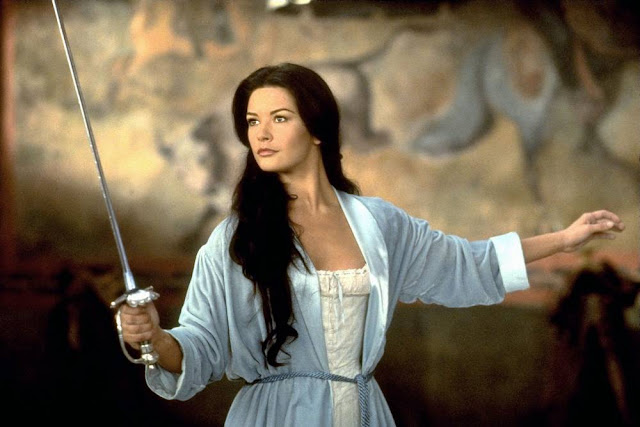I finished reading MAYFLOWER: A STORY OF COURAGE, COMMUNITY AND WAR (2006) by Nathaniel Philbrick the other evening. It's the second Philbrick penned history book I've read this year. Back in the spring, I read and thoroughly enjoyed SEA OF GLORY (2001). It was a terrific read, full of fascinating characters and epic adventure. MAYFLOWER contains many of those same elements: bigger than life characters (both English and Native American), grand adventure and a reminder that what I thought I knew about the Mayflower, the Pilgrims, Plymouth Colony and the First Thanksgiving, as I was taught in school, is not entirely correct.
Philbrick's narrative begins in England where the Pilgrims yearn to practice their religion freely. They are oppressed by the British monarchy and flee to the Netherlands where they find a modicum of religious freedom. But it is ultimately in the New World where true freedom awaits them. The voyage is perilous and the landing, while successful, doesn't bode well. They are ashore in a savage, unknown land with no pre-established resources of shelter, food or arms to comfort them. The Pilgrims must make do on their own.
Well, not entirely on their own. They do form an alliance with the powerful and influential Indian sachem Massasoit, who convinces his people to work with the Pilgrims to their mutual advantage. That first year was a brutal one. The winter was one of the coldest on record and many of the Pilgrims did not survive. When it came time for the first Thanksgiving (which did indeed take place), it was vastly different than the stories we were told in grade school.
Over the years, Massasoit and other Indian sachems and the Pilgrims forged a more-or-less peaceful co-existence. The Pilgrim leaders knew they needed the Indians assistance to survive and the Indians knew it was better to work with the English rather than against them. Not all Indians subscribed to this compromise however and such stalwarts as Captain Miles Standish led his men against more than one hostile tribe of Indians.
Peace was finally reached and as the years went by, the number of Pilgrims increased, as did the number of English settlers in New England. Fifty years after that first landing in 1620, the sons and daughters of the Pilgrims went to bloody war with King Philip, the son of Massasoit. Philip gathered a confederation of various Indian tribes under his command and convinced them that they must destroy the English settlers and their colonies once and for all. In 1675, what has come to be know as King Philip's War took place, a conflict that, in terms of the percentage of the population lost on both sides, ranks as the bloodiest in American history.
Philbrick tells the story of the war with cinematic sweep and vigor. The Great Swamp Fight is a standout part of the narrative. The Indians had constructed a massive, rough hewn fortress in the middle of a swamp. It's the dead of winter when a party of Englishmen, led by Benjamin Church, come across the fort. A terrific battle ensued which resulted in numerous casualties to the Indians. The fort and all survivors within it was ultimately put to the torch. The battle in the desolate, frozen swamp in a structure that was nothing like the traditional English fort, reminds me of something out of a Robert E. Howard story. Except it's all true.
MAYFLOWER is the story of the Pilgrims, the Indians and the tumultuous history between them over the course of fifty-some odd years. The gains that were made by the original players in the saga are wiped out years later when the English exert their military superiority to vanquish the Indians. It was only in later years that the mythology and legends of the Mayflower, Pilgrims, Plymouth Rock and Thanksgiving were created. While those legends and myths are held dear by all Americans, the truth is vastly different and much more interesting.
If you like American history and want to find out what they didn't teach you in school, read MAYFLOWER. I give it my highest recommendation.
|








